gtsum
Babbling Farker
Seems like the firebox door could use some re designing. Doesn't make sense To not have more of an opening under the fire grate
Sent from my iPhone using Tapatalk
Sent from my iPhone using Tapatalk
I ran across this thread a few months ago when I got my Loaded Wichita, and now I am familiar with its shortcomings. Check out this discussion which highlights the design flaws that prevent the Yoder Wichita from being a great smoker: http://community.yodersmokers.com/viewtopic.php?f=35&t=1160&sid=b4e160a34c35373a5307074be371fb8d
The major issue I found was that the upper vent is too high on the firebox to prevent the heated air from flowing outward, which reduces the intake area enough to starve the fire of oxygen. I have been cooking with a makeshift door cover with a larger vent at the bottom of it, and I never have issues any more - I just throw a log on the fire and walk away until it's ready for another log.
If you notice here, my makeshift cover is screwed on, which means I have to cook "with the door closed" all the time - proof that Yoder has a design issue here.

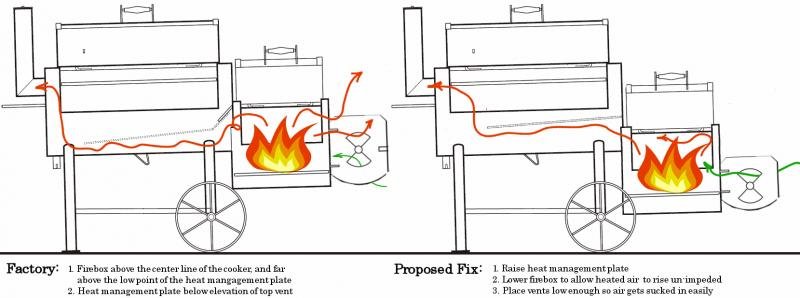
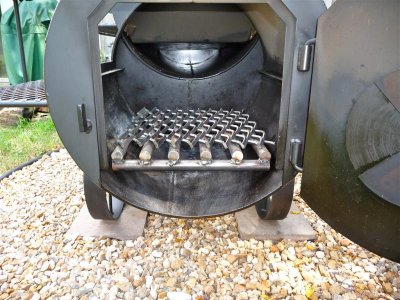
I agree with this. I've used the charcoal basket when I need to leave the cooker for a while, and it will burn with the factory vent closed half way for a solid 5 hours until all the coals are exhausted. Apparently coals need less oxygen to burn well. However, I like cooking with oak! That's why I bought a "stick burner"! :grin:With coal only you can run with the door closed, but with splits you need door open without modifying the smoker. Definitely needs a redesign for better drafting. With a couple of splits my standard setting is door vents open 100% with the door itself open 2 inches.
Looking into the cooker from here it's painfully obvious why it has flow issues: the heated air literally has to fight past a wall of steel blocking it from going into the cooker, whereas the upper vent hole offers an easy path out of the firebox, which is not good.

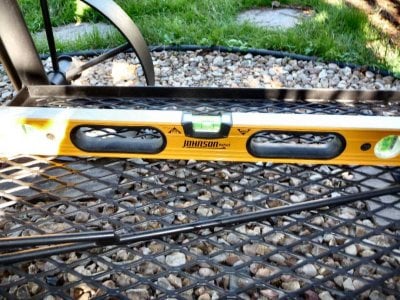
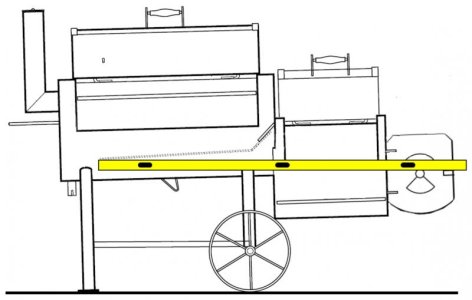
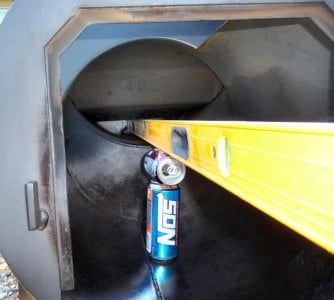
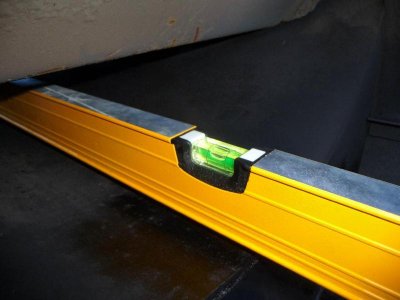
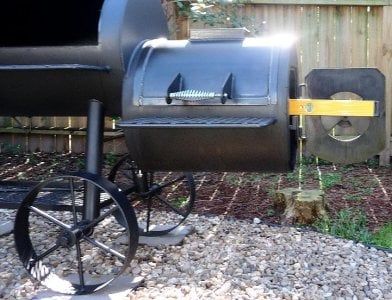
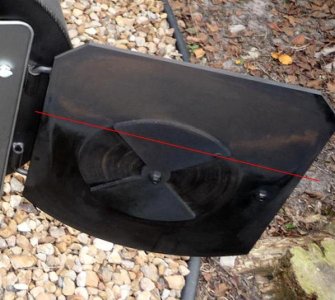
Yoder should pay you for your time and effort. They will definitely benefit from your work.
